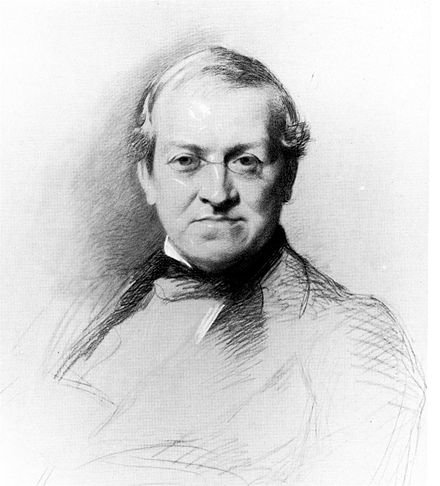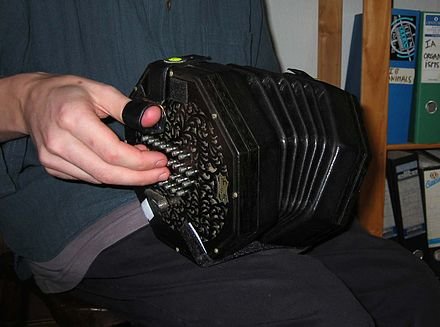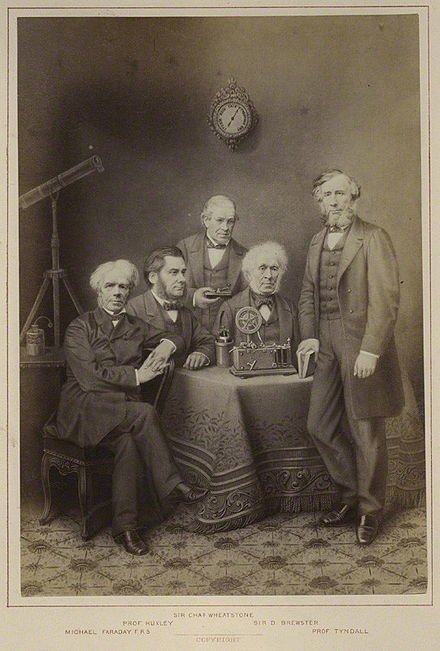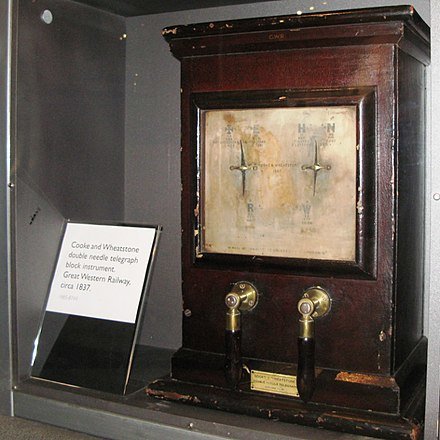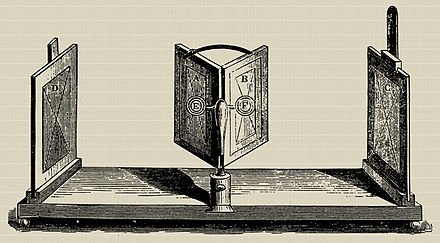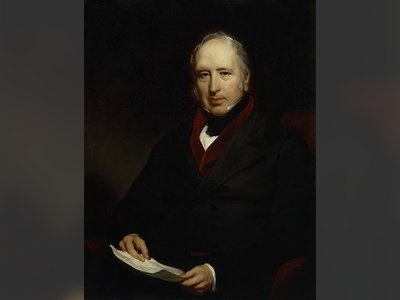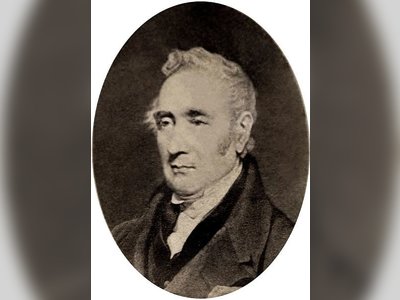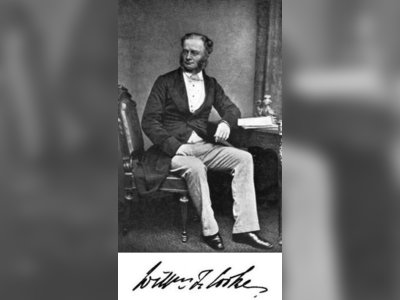British Heritage
Remember, Cherish, Learn.
beta
Charles Wheatstone - Electrical Resistance and Telegraphy
Contribution to British Heritage: Sir Charles Wheatstone - Electrical Resistance and Telegraphy.
Sir Charles Wheatstone was an eminent English scientist and inventor, known for his invaluable contributions to the fields of electrical resistance and telegraphy during the Victorian era. Born on 6th February 1802 in Barnwood, Gloucestershire, Wheatstone's legacy is intertwined with numerous scientific breakthroughs that have left an indelible mark on British heritage.
Wheatstone's early life was marked by intellectual curiosity and passion for learning. He displayed exceptional talents in various subjects, and his father, a music-seller, recognized and encouraged his interest in books and scientific pursuits. At a young age, Wheatstone embarked on his scientific journey, conducting experiments and translating French poetry. He even saved his pocket money to buy a book on Volta's discoveries in electricity, which set the stage for his future explorations.
Wheatstone's inventive mind extended to the realm of music and acoustics. In September 1821, he introduced the 'Enchanted Lyre' or 'Acoucryptophone,' a device that mimicked the sounds of multiple instruments. Additionally, he delved into sound propagation and the transmission of sound signals, which inspired his conceptualization of telegraphy through mechanical vibrations. He also invented the Wheatstone concertina, a six-sided instrument with 64 keys, which gained popularity in the early 20th century.
One of Wheatstone's significant achievements was his experiment in 1834 to measure the velocity of electricity in a wire. Using a revolving mirror and spark gaps, he estimated the velocity to be 288,000 miles per second. Although his calculation turned out to be faster than the speed of light, his method was groundbreaking and inspired further research on electric fields and signal transmission.
Wheatstone contributed to early spectroscopy by discovering and analyzing spectral emission lines in metals volatilized in electric sparks. He demonstrated that these lines were characteristic of specific metals, leading to advancements in spectral analysis and the discovery of new elements, such as rubidium and thallium.
Wheatstone's most enduring legacy lies in his pivotal role in the development of the electric telegraph. In 1837, he partnered with William Fothergill Cooke, who brought administrative talent to complement Wheatstone's scientific expertise. Together, they designed the five-needle telegraph, which allowed the transmission of letters over a wire through the deflection of multiple needles. In 1837, they conducted the first successful telegraph trial between Euston and Camden Town railway stations.
The telegraph's public acceptance soared after the capture of John Tawell, the first person arrested using telecommunication technology. Wheatstone and Cooke continued to refine their telegraph apparatus, introducing the single-needle and double-needle instruments. Eventually, the Electric Telegraph Company was established in 1845, and the telegraph lines were transferred to the Post Office in 1870, placing them under government control.
Wheatstone also foresaw the potential of submarine telegraphs and experimented with submerged insulated wires. Additionally, he developed the automatic transmitter, which utilized punched paper strips to send messages at a remarkable speed of 100 words per minute.
Wheatstone's curiosity about binocular vision and stereopsis led him to create the stereoscope, a device that combined two photographs taken from different perspectives to create the illusion of three-dimensional depth. He demonstrated that our perception of solidity is a result of combining images from both eyes, revolutionizing our understanding of vision.
In 1852, Wheatstone introduced the pseudoscope, a device that created the opposite effect of the stereoscope, making solid objects appear hollow and closer objects seem farther away. The pseudoscope was a groundbreaking tool in experimental psychology, providing insights into perception and visual cognition.
Sir Charles Wheatstone's pioneering contributions to electrical resistance, telegraphy, and optics continue to be celebrated and recognized. He received numerous distinctions and diplomas from esteemed scientific societies and was knighted in 1868. Wheatstone's work paved the way for the rapid expansion of telegraphy and played a crucial role in shaping modern communication systems. His ingenuity and relentless pursuit of knowledge have left an enduring legacy in British heritage and the scientific community. Sir Charles Wheatstone's impact on electrical and communication technologies has had far-reaching effects, shaping the modern world we live in today.
Life and Early Endeavors
Wheatstone's early life was marked by intellectual curiosity and passion for learning. He displayed exceptional talents in various subjects, and his father, a music-seller, recognized and encouraged his interest in books and scientific pursuits. At a young age, Wheatstone embarked on his scientific journey, conducting experiments and translating French poetry. He even saved his pocket money to buy a book on Volta's discoveries in electricity, which set the stage for his future explorations.
Music Instruments and Acoustics
Wheatstone's inventive mind extended to the realm of music and acoustics. In September 1821, he introduced the 'Enchanted Lyre' or 'Acoucryptophone,' a device that mimicked the sounds of multiple instruments. Additionally, he delved into sound propagation and the transmission of sound signals, which inspired his conceptualization of telegraphy through mechanical vibrations. He also invented the Wheatstone concertina, a six-sided instrument with 64 keys, which gained popularity in the early 20th century.
Velocity of Electricity
One of Wheatstone's significant achievements was his experiment in 1834 to measure the velocity of electricity in a wire. Using a revolving mirror and spark gaps, he estimated the velocity to be 288,000 miles per second. Although his calculation turned out to be faster than the speed of light, his method was groundbreaking and inspired further research on electric fields and signal transmission.
Spectroscopy
Wheatstone contributed to early spectroscopy by discovering and analyzing spectral emission lines in metals volatilized in electric sparks. He demonstrated that these lines were characteristic of specific metals, leading to advancements in spectral analysis and the discovery of new elements, such as rubidium and thallium.
Telegraphy and Partnership with William Fothergill Cooke
Wheatstone's most enduring legacy lies in his pivotal role in the development of the electric telegraph. In 1837, he partnered with William Fothergill Cooke, who brought administrative talent to complement Wheatstone's scientific expertise. Together, they designed the five-needle telegraph, which allowed the transmission of letters over a wire through the deflection of multiple needles. In 1837, they conducted the first successful telegraph trial between Euston and Camden Town railway stations.
Public Attention and Success
The telegraph's public acceptance soared after the capture of John Tawell, the first person arrested using telecommunication technology. Wheatstone and Cooke continued to refine their telegraph apparatus, introducing the single-needle and double-needle instruments. Eventually, the Electric Telegraph Company was established in 1845, and the telegraph lines were transferred to the Post Office in 1870, placing them under government control.
Submarine Telegraphs and Automatic Transmitter
Wheatstone also foresaw the potential of submarine telegraphs and experimented with submerged insulated wires. Additionally, he developed the automatic transmitter, which utilized punched paper strips to send messages at a remarkable speed of 100 words per minute.
Stereopsis and the Stereoscope
Wheatstone's curiosity about binocular vision and stereopsis led him to create the stereoscope, a device that combined two photographs taken from different perspectives to create the illusion of three-dimensional depth. He demonstrated that our perception of solidity is a result of combining images from both eyes, revolutionizing our understanding of vision.
Pseudoscope
In 1852, Wheatstone introduced the pseudoscope, a device that created the opposite effect of the stereoscope, making solid objects appear hollow and closer objects seem farther away. The pseudoscope was a groundbreaking tool in experimental psychology, providing insights into perception and visual cognition.
Legacy and Honors
Sir Charles Wheatstone's pioneering contributions to electrical resistance, telegraphy, and optics continue to be celebrated and recognized. He received numerous distinctions and diplomas from esteemed scientific societies and was knighted in 1868. Wheatstone's work paved the way for the rapid expansion of telegraphy and played a crucial role in shaping modern communication systems. His ingenuity and relentless pursuit of knowledge have left an enduring legacy in British heritage and the scientific community. Sir Charles Wheatstone's impact on electrical and communication technologies has had far-reaching effects, shaping the modern world we live in today.
- Charles Wheatstoneen.wikipedia.org
